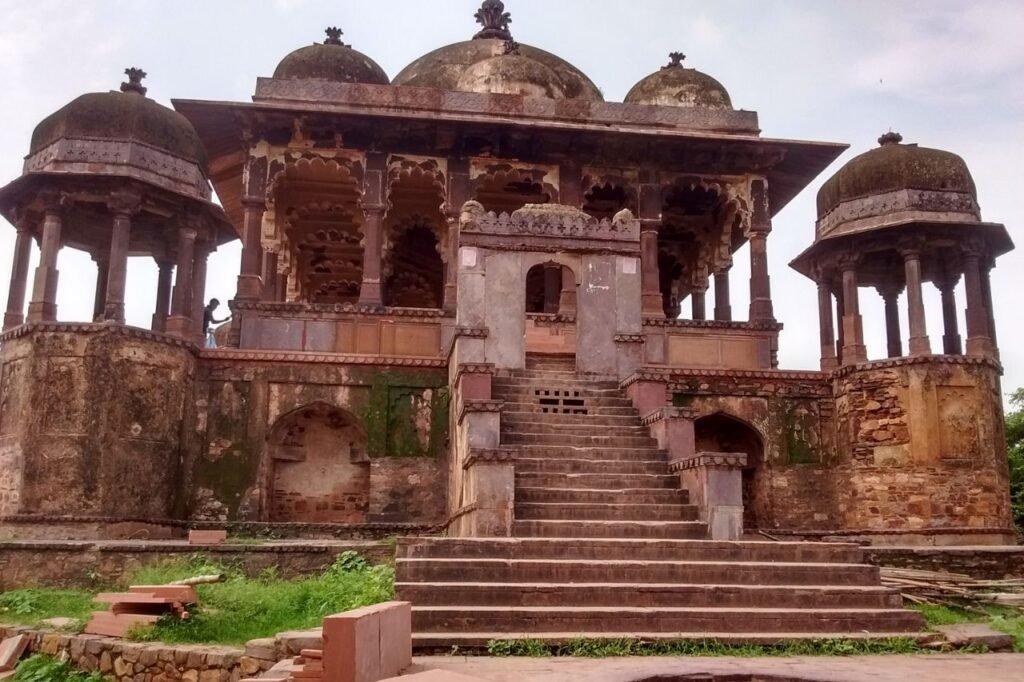Sawai Madhopur Pincodes
Enter the Pincode or Location Below in the Box
Pincodes of Sawai Madhopur
Sawai Madhopur pincodes cover a diverse array of areas in this historic city, boasting an amalgamation of heritage and modernity. This district in Rajasthan, India, showcases pincodes ranging across its towns and villages, each bearing its unique cultural charm. From the iconic Ranthambore National Park to the bustling streets of Sawai Madhopur city, these pincodes serve as the navigational keys to explore this region’s rich tapestry. Whether it’s the serene rural pockets or the vibrant urban hubs, the pincodes of Sawai Madhopur encapsulate the essence of this region, guiding visitors and locals alike to its various corners with ease and precision.

Here is a list of Sawai Madhopur Pincodes
About Sawai Madhopur
Sawai Madhopur, nestled in Rajasthan, India, stands as a Tier-3 city and Municipal Council (Nagar Parishhad) within the Sawai Madhopur District. Serving as the administrative heart of the district, it hosts the renowned Ranthambore National Park, merely 13 km from its railway station. The city boasts proximity to the majestic Ranthambore Fort, a UNESCO World Heritage Site. This convergence of history and nature positions Sawai Madhopur as a haven for heritage enthusiasts and wildlife aficionados alike. With its strategic location and cultural significance, it beckons travelers to explore its treasures and relish the blend of historical grandeur and natural beauty.
History
Sawai Madhopur, a meticulously planned walled city, bears the imprint of Maharaja Sawai Madho Singh I’s vision. Established in 1763 and commemorating its Foundation Day on January 19th annually, this city resonates with historical significance. The Sawai Madhopur Lodge, a vestige of tiger hunting days, converted into a hotel, stands as a testament to its storied past. Erected in 1936 by Maharaja Man Singh II, this crescent-shaped, two-storey building adorned with a lengthy verandah hosted notable figures like Queen Elizabeth of England in 1961 and former US President Bill Clinton, who explored Ranthambore’s allure in 2000, adding modern chapters to its historical tale.
Demography
As per the 2011 India census, Sawai Madhopur comprised 121,106 individuals, with females at 47% and males at 53%. Its literacy rate, 79.44%, surpasses the national average of 74.04%. However, female literacy at 67.98% trails behind male literacy at 90.09%. Approximately 12.89% are under 6 years old. The community fabric embraces Gurjars and Meenas. As of 2023, the urban population estimates around 185,000. These figures paint a demographic mosaic, highlighting educational disparities and community diversity within Sawai Madhopur, encapsulating its societal dynamics and growth.
Geography
Sawai Madhopur rests in the eastern expanse of Rajasthan, positioned around 121 kilometers (75 miles) in a southeastern direction from the capital city of Jaipur. This historically significant city boasts a strategic location that intertwines both tradition and modernity. Situated amidst the cultural heartland of Rajasthan, it serves as a gateway to diverse experiences, offering access to the region’s captivating heritage sites and the famed Ranthambore National Park. Its proximity to Jaipur, a major hub in the state, renders Sawai Madhopur an accessible destination, inviting travelers to explore its rich historical tapestry and natural wonders with ease.
Economy
Sawai Madhopur’s economy centers on agriculture and hospitality, impacted by factors like a cement factory closure and forest protection regulations. Lacking large-scale manufacturing, it thrives on guava cultivation, initiated in 1985 across five hectares in Karmoda Village. By 2015, guava sales surpassed 5 billion rupees from retail and wholesale markets, with 5,000 hectares dedicated to its cultivation. Additionally, the region produces items for essential oil extraction and traditional medicines. This focus on guava cultivation and diverse products reflects the town’s reliance on agribusiness and the preservation of traditional practices, shaping its economic landscape.
